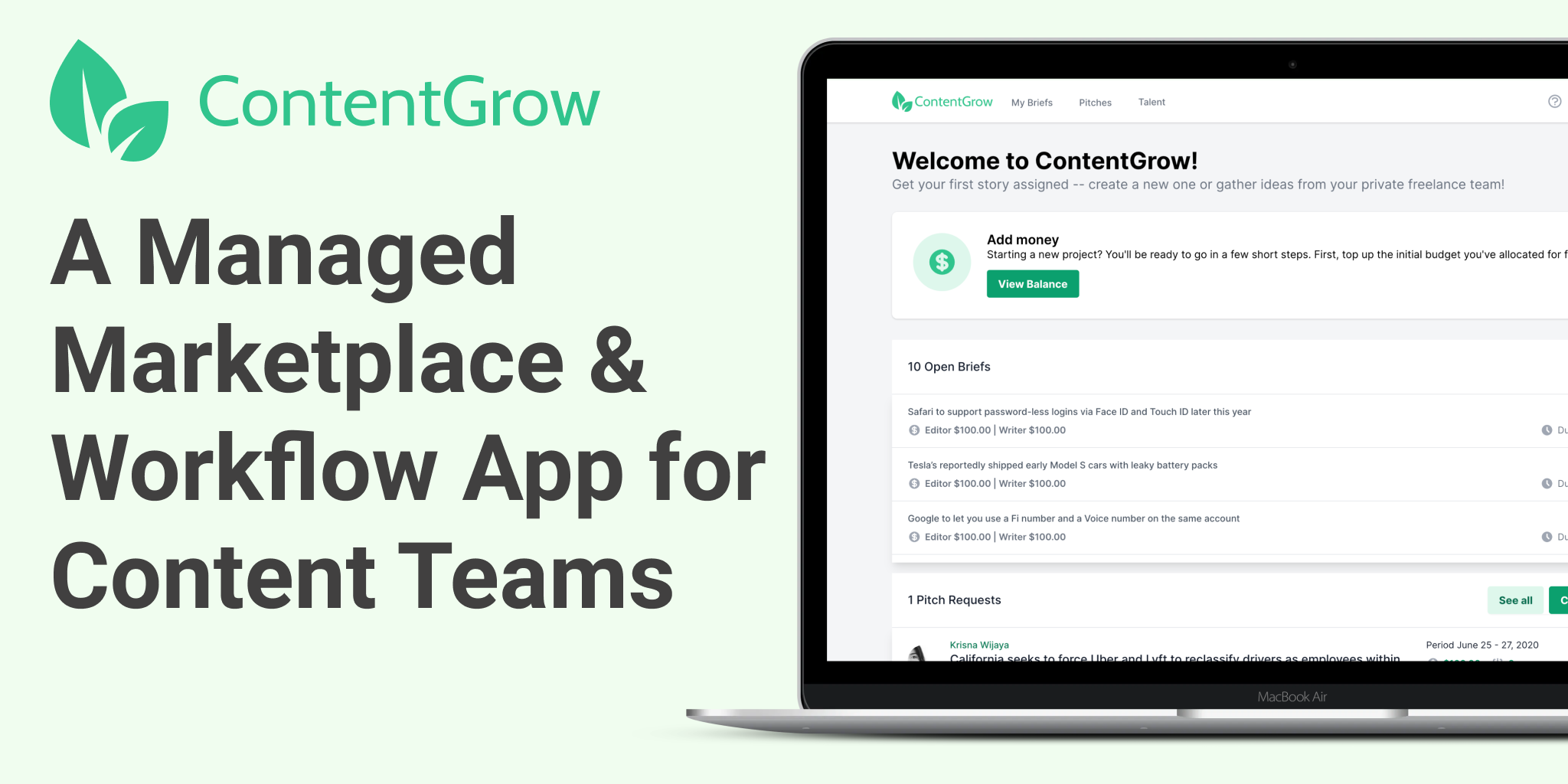Why your MarTech stack needs social media (and how to get it right)
Data shows how social media integration transforms marketing technology from good to exceptional.

This article is part of our MarTech stack deep dive series. Check out the Part 1: Introduction to MarTech stack and Part 2: Email marketing to get the full picture of building an effective marketing technology ecosystem.
Social media commands US$153 billion in global advertising revenue and connects brands with 4.62 billion users worldwide. But in today's competitive landscape, success demands more than just great content.
In this analysis, we'll explore how platforms like Instagram, X (formerly Twitter), LinkedIn, and TikTok can be effectively integrated into your MarTech stack to drive measurable business outcomes.
What is social media marketing?
Social media marketing uses social platforms to connect with audiences, build brands, increase sales, and drive website traffic. It encompasses creating and sharing content, engaging with followers, analyzing results, and running social media advertisements.
Consider a modern business scenario: A specialty coffee retailer has evolved from traditional point-of-sale marketing to an integrated digital approach.
Through Instagram, they showcase their craft in real-time, engage with customers about brewing preferences on X, and cultivate a dedicated community of coffee enthusiasts on Facebook. This illustrates the transformative potential of social media marketing within a comprehensive MarTech stack.
The numbers tell an impressive story: with 4.62 billion people worldwide using social media and the global social media advertising market generating US$153 billion in revenue last year, the opportunities are massive.
But here's the catch: everyone else sees this goldmine too.
That's why you need more than just good content – you need a smart, integrated approach that makes your social media work harder for your business. The proof? Over 58% of marketers who consistently use social media for more than a year report improved search engine rankings for their business.
How Social Media fits into the MarTech stack
A well-integrated MarTech stack operates as a coordinated system, where social media functions not in isolation but in concert with CRM, advertising, and content marketing to create comprehensive business value. As demonstrated in our previous analysis of email marketing, the most significant results emerge from the strategic integration of these channels.
For example, while email marketing excels at nurturing leads with a remarkable average ROI of US$36 for every US$1 spent, social media shines at top-of-funnel awareness and real-time engagement. When you combine both – like using social media to grow your email list and email marketing to drive social sharing – you're creating a powerful feedback loop.
Here's what this looks like in action: Let's say Sarah posts on X (formerly Twitter) about loving your product. Your CRM instantly logs this interaction. Next time she reaches out for support, your team already knows she's a fan. Meanwhile, your social listening tools pick up that lots of customers are using your product in an unexpected way – boom, there's your next product feature or marketing campaign.
Want to see real integration at work? When a customer clicks on your Facebook ad, they're not just getting any landing page – they're seeing one tailored to their previous interactions with your brand. That's your social media and analytics tools working together like best friends.
Why social media is essential in the MarTech stack?
Connecting with the right audience at the right time
The key is choosing the right platforms for your audience. B2C brands typically thrive on Instagram, Facebook, TikTok, Snapchat, and Pinterest – platforms rich in visual content and personal engagement. Meanwhile, LinkedIn dominates the B2B space, with over 875 million professionals using the platform for business networking and content sharing.
Remember that coffee shop example? If you know your morning crowd loves seeing behind-the-scenes brewing videos, your AI tools can schedule these posts right before their morning commute.
No more guessing – you're reaching people when they're actually craving that cup of joe. This targeted approach leads to significantly higher engagement rates compared to traditional marketing channels: social media engagement rates can reach up to 3-5% on platforms like Instagram, versus email open rates averaging around 21.5%.
Strengthening brand loyalty through regular engagement
Brand authenticity and responsiveness are crucial determinants of consumer trust.
Tools like Brandwatch enable organizations to move beyond basic monitoring to facilitate meaningful engagement with their audience. Companies that maintain consistent social media engagement see up to a 40% increase in customer loyalty compared to those who don't.
Consider this: while email marketing builds trust through personalized, direct communication (with personalized emails driving 6x higher transaction rates), social media creates public trust through transparent interactions.
Imagine catching a frustrated customer's tweet within minutes and turning their experience around publicly. That's how you build trust in real-time and encourage others to engage with your brand.
Turning engagement into measurable business impact
Sure, getting 1,000 likes feels great, but what about actual sales?
Here's a concrete example: A fashion brand notices their Instagram Story tutorials drive 30% more website traffic than their regular posts.
By connecting their social media metrics with their sales data, they discover these viewers have a 2x higher purchase rate. That's the kind of insight that shapes strategy.
Automating social media for efficiency and consistency
You don't need to be glued to your phone 24/7. Take a local gym that uses Hootsuite to schedule their content. Monday motivation posts? Scheduled. Weekend workout tips? Ready to go. When members comment, their chatbot handles basic questions instantly, while the team focuses on personalized coaching responses.
Benefits of integrating social media into your MarTech stack
Social media's impact on SEO and website traffic
The data backs this up: over 58% of marketers who consistently use social media for more than a year see improved search engine rankings. Here's a real-world win: A tech startup regularly shares their blog posts on LinkedIn.
Their posts spark discussions, leading to natural backlinks from industry blogs. Their search rankings for key terms climb not because they're gaming the system, but because they're generating genuine engagement that search engines notice.
By focusing on high-quality content like blogs, infographics, and case studies, they're not just building a social presence – they're boosting their overall digital footprint.
Lower marketing costs with smarter targeting
Here's the beauty of social media marketing: it's one of the most cost-effective channels in your marketing mix.
While traditional advertising can eat up huge chunks of your budget, social media platforms are free to join and relatively inexpensive for advertising. Consider this scenario: Instead of blasting expensive traditional ads to everyone aged 25-34 in New York, your AI tools identify that your best customers are actually urban pet owners who follow specific pet influencers.
Now you're spending less money but reaching people who actually want what you're selling. This targeted approach means every marketing dollar works harder for you.
Scaling content and engagement without extra work
Imagine running a multi-state restaurant chain. Your AI content tools notice that sharing local food pics at 6 PM gets the most engagement. They automatically suggest optimal posting times for each location, recommend trending food hashtags, and even flag when competitors' posts are getting traction. All this happens while you focus on running your business.
A multi-channel approach
Looking at the data, it's clear that both social media and email marketing have their unique strengths in your MarTech stack.
While email marketing boasts higher conversion rates (average 3% compared to social media's 1.9%), social media excels at brand awareness and community building. The key is not choosing between them, but understanding how they complement each other.
When you integrate your social media strategy with other marketing channels like email:
- Email subscribers who are also social media followers are 40% more likely to engage with your content
- Cross-promoted content gets 35% more engagement than single-channel content
- Customer acquisition costs decrease by an average of 25% through multi-channel marketing efforts
Following our exploration of MarTech fundamentals and email marketing in previous articles, we've now seen how social media adds another powerful dimension to your marketing technology ecosystem.
The best part? With today's AI and automation tools, you can build an impressive social media presence without needing a massive team. It's not about working harder – it's about letting your MarTech stack work smarter for you. Every post, every ad, and every interaction can contribute to your bottom line when you've got the right systems working together.
Remember: Your social media strategy is only as good as the tools and integrations supporting it. Make them work together, and you'll turn social media from a megaphone into a growth engine for your business.


